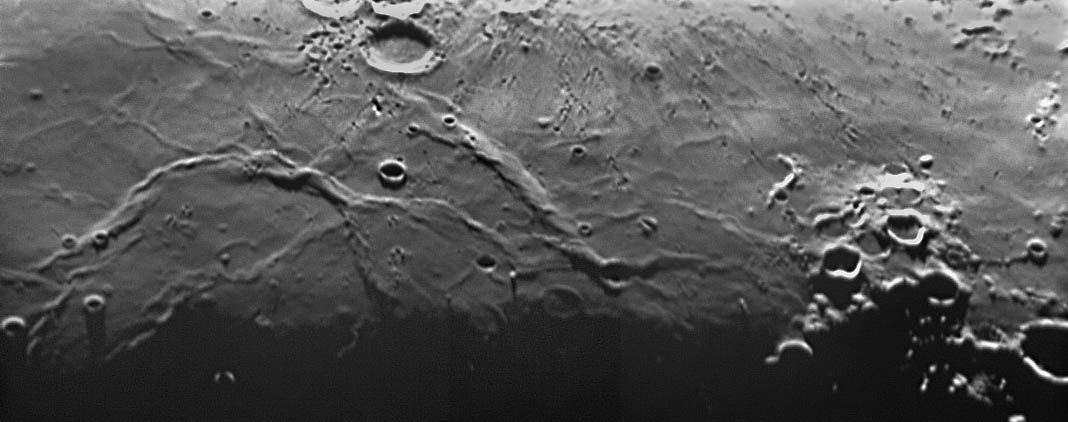Difference between revisions of "March 11, 2005"
| Line 11: | Line 11: | ||
onMouseOver = "document.images['main_image'].src='archive/2005/03/images/LPOD-2005-03-11b.jpeg'; return true" | onMouseOver = "document.images['main_image'].src='archive/2005/03/images/LPOD-2005-03-11b.jpeg'; return true" | ||
onMouseOut = "document.images['main_image'].src='archive/2005/03/images/LPOD-2005-03-11.jpeg'; return false" | onMouseOut = "document.images['main_image'].src='archive/2005/03/images/LPOD-2005-03-11.jpeg'; return false" | ||
| − | + | [[File:LPOD-2005-03-11.jpeg|LPOD-2005-03-11.jpeg]]] | |
</div></td> | </div></td> | ||
</tr> | </tr> | ||
| Line 23: | Line 23: | ||
<table class="story" border="0" bgcolor="#FFFFFF" width="90%" cellpadding="10" align="center"><tr><td> | <table class="story" border="0" bgcolor="#FFFFFF" width="90%" cellpadding="10" align="center"><tr><td> | ||
<p align="center"><b>Fertile Ridges</b></p> | <p align="center"><b>Fertile Ridges</b></p> | ||
| − | <p align="left">What a wonderful view this is of a region rarely imaged! The landscape is dominated by what isn’t visible, and by something well seen here but usually indistinct. Just beyond the top (east) of the image is the 132 km wide crater[ | + | <p align="left">What a wonderful view this is of a region rarely imaged! The landscape is dominated by what isn’t visible, and by something well seen here but usually indistinct. Just beyond the top (east) of the image is the 132 km wide crater[[April_18,_2004| Langrenus]]. Its influence is seen in the clusters and lines of small secondary craters and delicate ridges that radiate from it. What is infrequently seen (at least so clearly) are the complexes of mare ridges, looking like muscle sinews, that cross this part of Mare Fecunditatis. The Geikie Ridge is especially fine as it changes from a low indistinct ridge (right) to the broad knotted mass near the word “ridge”, and then to a narrow, almost braided ridge that bends westward (left). It melds into the Cayeux Ridge, which hardly deserves a separate name. Between the Geikie Ridge and Messier is a lower ridge that includes a chain of 10-15 km wide ghost craters. Curved mare ridges often trace the buried inner rings of impact basins, but it is not clear to me if these do. Ibn Battuta is a rare example of a large rimless crater that has a name. Its existence suggests that an invisible lava tube may have carried away magma under it, allowing a collapse to occur. Two possible domes are indicated (mouseover) and three to four more may be exist – a careful study of other images is necessary to confirm them. A few broad swells occur in the right half on the image – the most prominent is circled. And two or more ghost craters stad in high relief near the terminator. What a great hunting ground for features on, in and covered by a thin mare!</p> |
<blockquote><p align="right">— [mailto:tychocrater@yahoo.com Chuck Wood]</blockquote> | <blockquote><p align="right">— [mailto:tychocrater@yahoo.com Chuck Wood]</blockquote> | ||
<p align="left"><p><b>Technical Details:</b><br> | <p align="left"><p><b>Technical Details:</b><br> | ||
| Line 43: | Line 43: | ||
[mailto:anthony@perseus.gr Anthony Ayiomamitis]</p> | [mailto:anthony@perseus.gr Anthony Ayiomamitis]</p> | ||
<p align="center" class="main_titles"><b>Contact Translator:</b><br> | <p align="center" class="main_titles"><b>Contact Translator:</b><br> | ||
| − | [mailto:pablolonnie@yahoo.com.mx | + | [mailto:pablolonnie@yahoo.com.mx Pablo Lonnie Pacheco Railey] (Es)<br> |
| − | [mailto:chlegrand@free.fr | + | [mailto:chlegrand@free.fr Christian Legrand] (Fr)</p> |
<p align="center" class="main_titles"><b>[mailto:webuser@observingthesky.org Contact Webmaster]</b></p> | <p align="center" class="main_titles"><b>[mailto:webuser@observingthesky.org Contact Webmaster]</b></p> | ||
<p align="center" class="main_titles"><b>A service of:</b><br> | <p align="center" class="main_titles"><b>A service of:</b><br> | ||
| − | [http://www.observingthesky.org/ | + | [http://www.observingthesky.org/ ObservingTheSky.Org]</p> |
<p align="center" class="main_titles"><b>Visit these other PODs:</b> <br> | <p align="center" class="main_titles"><b>Visit these other PODs:</b> <br> | ||
| − | [http://antwrp.gsfc.nasa.gov/apod/astropix.html | + | [http://antwrp.gsfc.nasa.gov/apod/astropix.html Astronomy] | [http://www.msss.com/ Mars] | [http://epod.usra.edu/ Earth]</p> |
</td></tr> | </td></tr> | ||
</table> | </table> | ||
Revision as of 15:30, 17 January 2015
Fertile Ridges
<nobr>Fertile Ridges</nobr> |
Image Credit: K.C. Pau
|
|
Fertile Ridges What a wonderful view this is of a region rarely imaged! The landscape is dominated by what isn’t visible, and by something well seen here but usually indistinct. Just beyond the top (east) of the image is the 132 km wide crater Langrenus. Its influence is seen in the clusters and lines of small secondary craters and delicate ridges that radiate from it. What is infrequently seen (at least so clearly) are the complexes of mare ridges, looking like muscle sinews, that cross this part of Mare Fecunditatis. The Geikie Ridge is especially fine as it changes from a low indistinct ridge (right) to the broad knotted mass near the word “ridge”, and then to a narrow, almost braided ridge that bends westward (left). It melds into the Cayeux Ridge, which hardly deserves a separate name. Between the Geikie Ridge and Messier is a lower ridge that includes a chain of 10-15 km wide ghost craters. Curved mare ridges often trace the buried inner rings of impact basins, but it is not clear to me if these do. Ibn Battuta is a rare example of a large rimless crater that has a name. Its existence suggests that an invisible lava tube may have carried away magma under it, allowing a collapse to occur. Two possible domes are indicated (mouseover) and three to four more may be exist – a careful study of other images is necessary to confirm them. A few broad swells occur in the right half on the image – the most prominent is circled. And two or more ghost craters stad in high relief near the terminator. What a great hunting ground for features on, in and covered by a thin mare! Technical Details: Related Links: Tomorrow's LPOD: A Big Piece of the Moon |
|
Author & Editor: Technical Consultant: Contact Translator: A service of: |
COMMENTS?
Register, and click on the Discussion tab at the top of the page.




